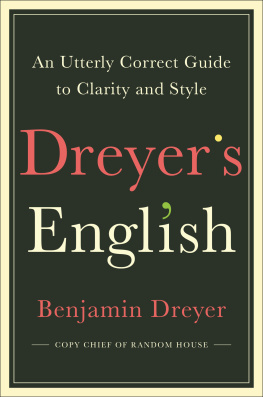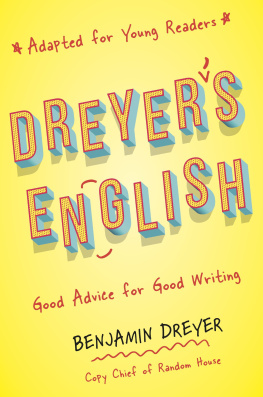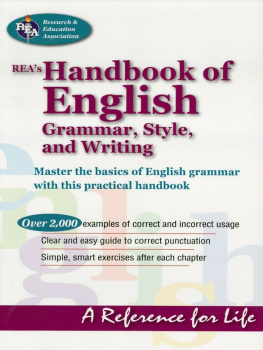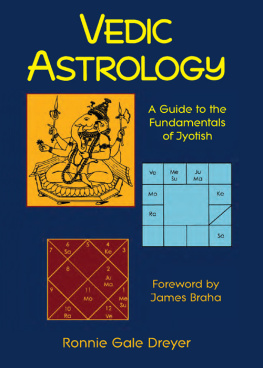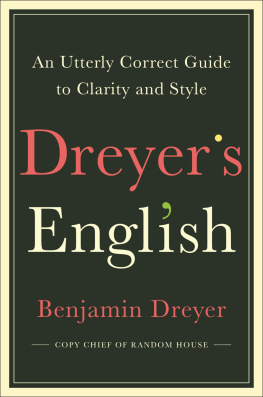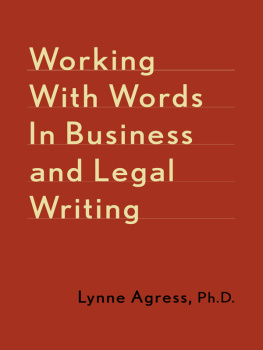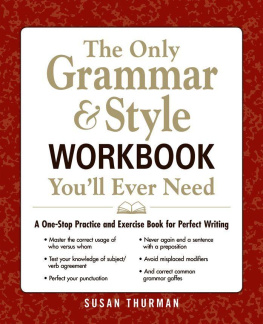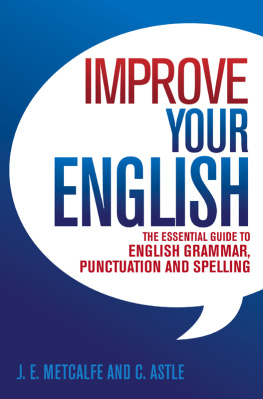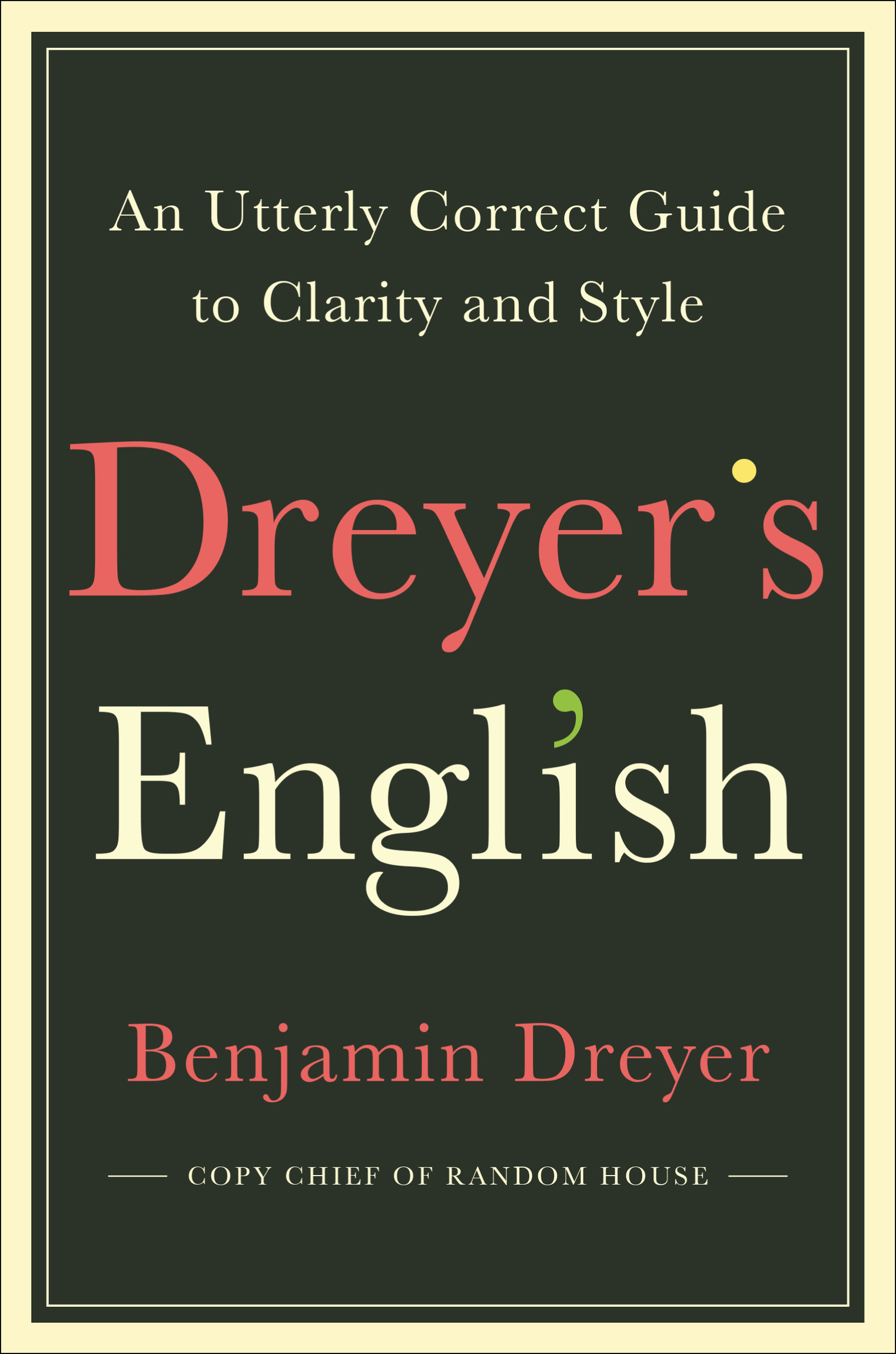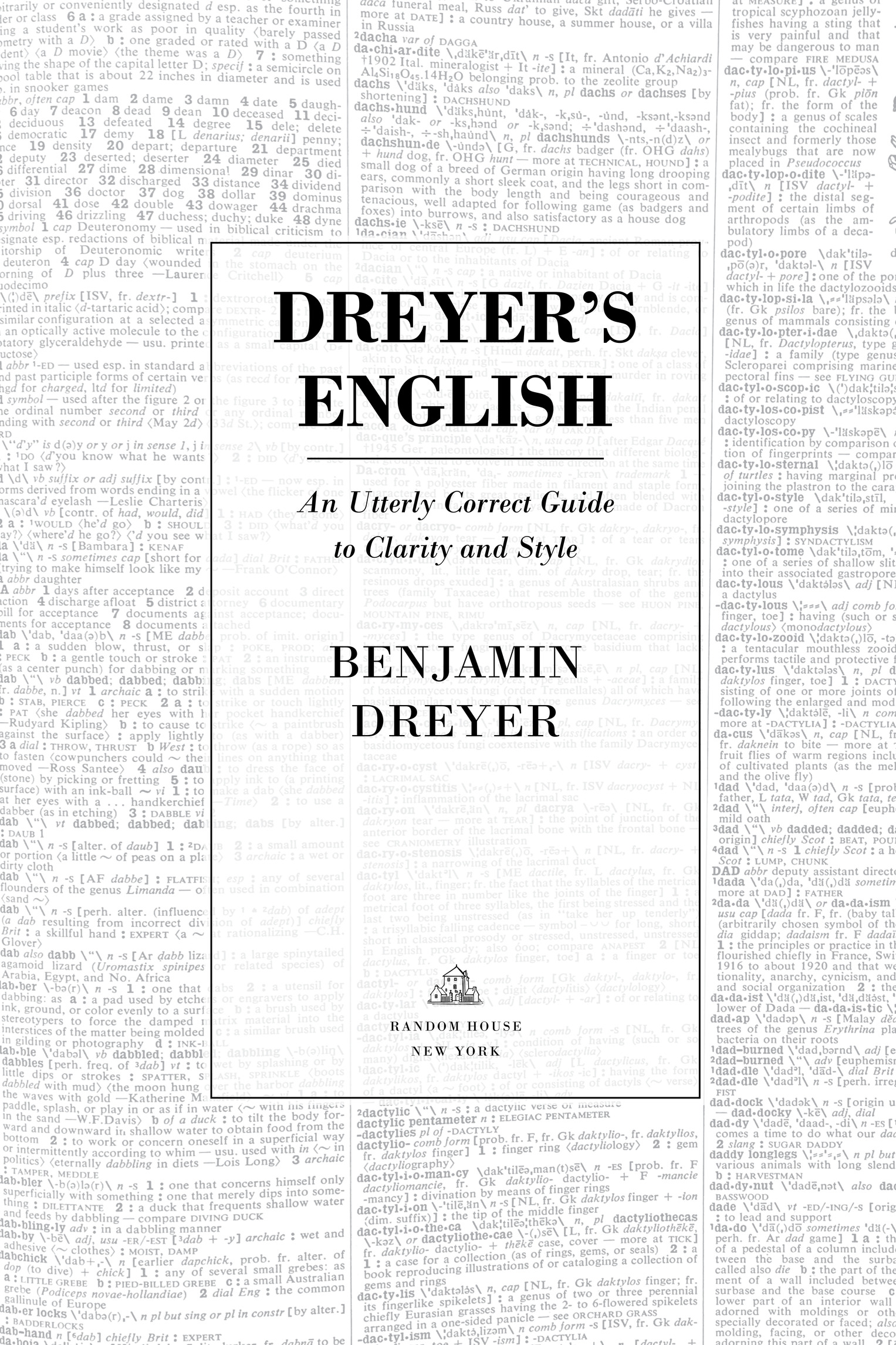All rights reserved.
Published in the United States by Random House, an imprint and division of Penguin Random House LLC, New York.
R ANDOM H OUSE and the H OUSE colophon are registered trademarks of Penguin Random House LLC.
A brief portion of this work was originally published by The Toast (the-toast.net) in Shirley Jackson and Me on August 4, 2015.
Names: Dreyer, Benjamin, author.
Title: Dreyers English : an utterly correct guide to clarity and style / Benjamin Dreyer.
Description: First edition. | New York : Random House, [2019] | Includes bibliographical references and index.
Subjects: LCSH: AuthorshipTechnique.
Classification: LCC PN 145 . D 74 2019 | DDC 808.02dc23
MARTHA . So? Hes a biologist. Good for him. Biologys even better. Its lessabstruse.
GEORGE . Abstract.
MARTHA . ABSTRUSE ! In the sense of recondite. (Sticks her tongue out at GEORGE ) Dont you tell me words.
I am a copy editor. After a piece of writing has been, likely through numerous drafts, developed and revised by the writer and by the person I tend to call the editor editor and deemed essentially finished and complete, my job is to lay my hands on that piece of writing and make itbetter. Cleaner. Clearer. More efficient. Not to rewrite it, not to bully and flatten it into some notion of Correct Prose, whatever that might be, but to burnish and polish it and make it the best possible version of itself that it can beto make it read even more like itself than it did when I got to work on it. That is, if Ive done my job correctly.
On the most basic level, professional-grade copyediting entails making certain that everything on a page ends up spelled properly. (The genius writer who somehow cant spell is a mythical beast, but everyone mistypes things.) And to remind you of what you already likely know, spellcheck and autocorrect are marvelous accomplicesI never type without one or the other turned onbut they wont always get you to the word you meant to use. Copyediting also involves shaking loose and rearranging punctuationI sometimes feel as if I spend half my life prying up commas and the other half tacking them down someplace elseand keeping an eye open for dropped words (He went to store) and repeated words (He went to the the store) and other glitches that can take root during writing and revision. There are also the rudiments of grammar to be minded, certainlyapplied more formally for some writing, less formally for other writing.
Beyond this is where copyediting can elevate itself from what sounds like something a passably sophisticated piece of software should be able to accomplishit cant, not for style, not for grammar (even if it thinks it can), and not even for spelling (more on spelling, much more on spelling, later)to a true craft. On a good day, it achieves something between a really thorough teeth cleaningas a writer once described it to meand a whiz-bang magic act.

Which reminds me of a story.
A number of years ago I was invited to a party at the home of a novelist whose book Id worked on. It was a blazingly hot summer afternoon, and there were perhaps more people in attendance than the little walled-in garden of this swank Upper East Side townhouse could comfortably accommodate.
As the novelists husband was a legendary theater and film director, there were in attendance more than a few noteworthy actors and actresses, so while sweating profusely I was also getting in a lot of happy gawking.
My hostess thoughtfully introduced me to one actress in particular, one of those wonderfully grand theatrical types who seem, onstage, to be eight feet tall and who turn out, more often than not, to be quite compact, as this one was, and surprisingly lovely and delicate-looking for a woman whod made her reputation playing, for lack of a better word, dragons.
It seemed that the actress had written a book.
Ive written a book, she informed me. A memoir, as it turned out. And I must tell you that when I was sent the copyedited manuscript and saw it all covered with scrawls and symbols, I was quite alarmed. No! I exclaimed. You dont understand!
By this time shed taken hold of my wrist, and though her grip was light, I didnt dare to find out what would happen if I attempted to extricate myself from it.
But as I continued to study what my copy editor had done, she went on, in a whisper that might easily have reached a theaters uppermost seats had she wanted it to, I began to understand. She leaned in close, staring holes into my skull, and I was hopelessly enthralled. Tell me more, I said.
Pause for effect.
Copy editors, she intoned, and I can still hear every crisp consonant and orotund vowel, all these years later, are like priests, safeguarding their faith.
Now, thats a benediction.

I wandered into my job nearly three decades agoa lot of people wandered into careers in those days; you could just sort of do thingsafter a few too many years post-university waiting on tables and bartending, attending revival-house double features, and otherwise faffing about. I had no idea what I wanted to be when I grew up, which is a problem when youve already grown up, but thanks to the intercession of a writer friend and a leap of faith on the part of his production editorthats the person in a publishing house who squires a book through the copyediting and proofreading processI found myself doing freelance proofreading work: an assignment here and an assignment there until, after a while, I was taking on this sort of work full-time.
Now, proofreadingbecause thats your entre into the business, especially if you have no experience whatsoeveris a basic and mechanical process, and my first jobs were simply to ensure that everything on the copyedited manuscript pages (you kept that stack to your left) had made its way properly onto the accompanying typeset pages (you kept that stack on the right). Mind you, were even further back in the paper era than in the garden-party story, so what I was reading on the manuscript pages included not only the writers original typing but layers of rewriting and revision in two sets of handwritingthe writers own and the copy editorsto say nothing of the copyeditorial directives indicated by those mysterious scrawls and symbols. Proofreading requires a good deal of attention and concentration, but its all very binary, very yes/no: Something is right or something is wrong, and if its wrong youre expected to notice it and, by way of yet more scrawling, repair it. Its like endlessly working on one of those spot-the-difference picture puzzles in an especially satanic issue of

